Bhutan, often called the Land of the Thunder Dragon, is a true haven for nature lovers. National Parks in Bhutan represent the country’s rich natural heritage. Spanning expansive forests, majestic mountains, and tranquil valleys, these parks showcase an extraordinary mix of biodiversity and stunning landscapes. They offer unparalleled opportunities for adventure and tranquillity and are home to rare wildlife and diverse plant species. Whether you’re trekking through lush forests or spotting elusive creatures, Bhutan’s national parks provide a serene escape into nature’s embrace.
Top 9 National Parks In Bhutan
Explore the flora and fauna of Bhutan by visiting these amazing places, here’s a guide to ten of the most spectacular national parks in Bhutan:
1. Jigme Dorji National Park
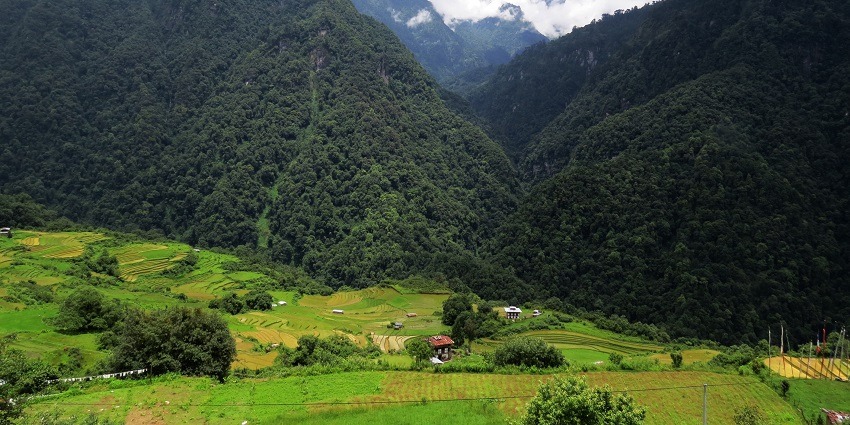
Photo: A. J. T. Johnsingh / Wikimedia Commons
The largest national park in Bhutan, Jigme Dorji National Park, spans over 4,316 square kilometres and offers a rich tapestry of ecosystems ranging from subtropical forests to alpine meadows. The park is home to a diverse array of wildlife, including some of the most iconic species of the Himalayas, such as the snow leopard, Bengal tiger, and red panda. Trekking routes crisscross the park, providing adventurers with stunning views of the towering peaks and deep valleys. Jigme Dorji is a haven for birdwatchers, housing over 300 species of birds, making it a top national park in Bhutan.
Location: Gasa, Bhutan
Best Time To Visit: March to May, September to November
Entry Fee: ₹500 for foreigners, for Bhutanese nationals (500 BTN)
Suggested Read: Discover The Top Places To Visit In Bhutan
2. Royal Manas National Park
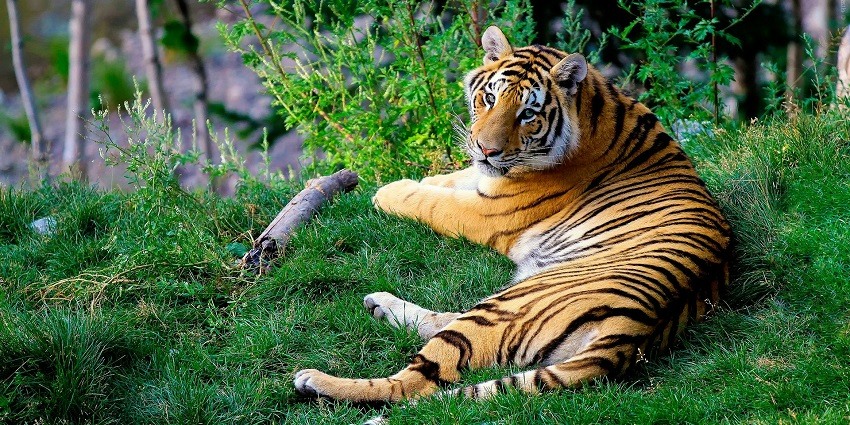
Photo: Jack Merlin / Unsplash / Image For Representation Only
Royal Manas National Park is Bhutan’s oldest national park that covers over 1,057 square kilometres and is a critical conservation area, protecting some of the region’s rarest and most endangered species. The park is a biological corridor linking other protected areas in Bhutan and India, making it a crucial habitat for species such as the golden langur, Asiatic elephant, and clouded leopard. The park’s rich biodiversity, including over 365 species of birds, and its pristine forests make it a haven for nature lovers and researchers alike.
Location: Gonphu, Bhutan
Best Time To Visit: October to April
Entry Fee: 300 BTN (₹300) for international tourists; free for Bhutanese nationals
3. Jigme Singye Wangchuck National Park
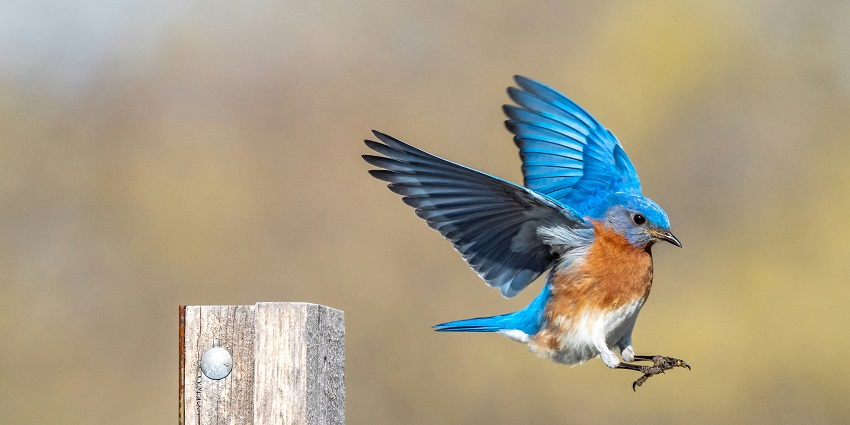
Photo: Patrice Bouchard / Unsplash / Image For Representation Only
Encompassing an area of 1,730 square kilometres, Jigme Singye Wangchuck National Park is one of Bhutan’s most ecologically diverse parks. It stretches across central Bhutan and covers a range of altitudes, resulting in varied habitats from subtropical forests to high-altitude grasslands. The park is an essential habitat for several endangered species, including the tiger and the red panda. It is also culturally significant, housing several sacred sites and monasteries. The park offers excellent opportunities for trekking, bird-watching, and experiencing the traditional lifestyles of the local communities.
Location: Central Bhutan
Best Time To Visit: March to May, September to November
Entry Fee: 400 BTN (₹400) for international tourists; free for Bhutanese nationals
Suggested Read: Top Places To Visit In Bhutan In December
4. Phrumsengla National Park
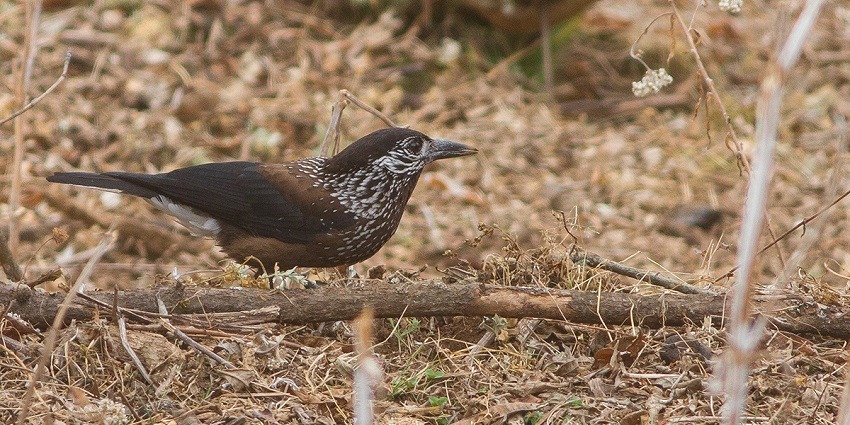
Photo: Dibyendu Ash / Wikimedia Commons
Phrumsengla National Park, spanning 905 square kilometres, is a paradise for adventure seekers and one of the best places to visit in Bhutan. The park is known for its spectacular landscapes, which include towering peaks, deep valleys, and dense forests. It is a haven for birdwatchers, with over 620 species of birds, including the rare Ward’s trogon and white-bellied heron. The park’s diverse ecosystems also support a wide range of flora and fauna, making it one of Bhutan’s most ecologically significant areas. Trekking through Phrumsengla offers breathtaking views and a chance to experience the tranquillity of Bhutan’s wilderness.
Location: Nimgong, Bhutan
Best Time To Visit: April to June, September to November
Entry Fee: 300 BTN (₹300) for international tourists; free for Bhutanese nationals
5. Sakteng Wildlife Sanctuary
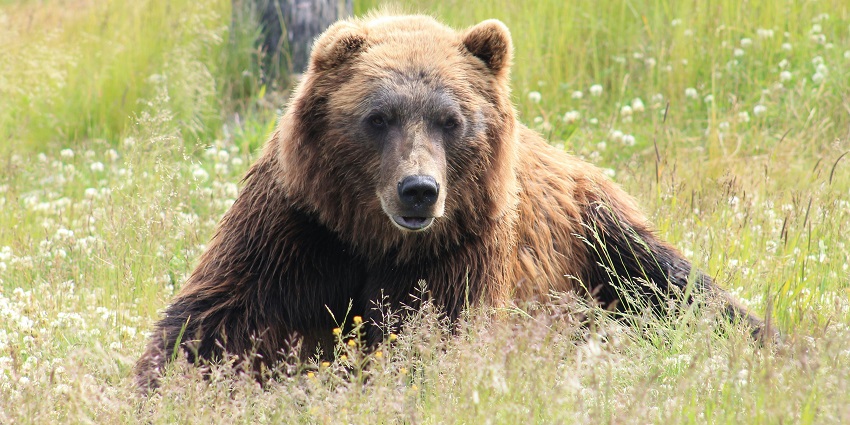
Photo: Elizabeth Meyers / Unsplash / Image For Representation Only
Sakteng Wildlife Sanctuary, covering 741 square kilometres, is one of Bhutan’s most unique protected areas. The sanctuary is home to the semi-nomadic Brokpa community, whose traditional lifestyles add a cultural richness to the area. The landscape of Sakteng is diverse, ranging from subtropical forests to alpine meadows, and is believed to be the habitat of the mythical Yeti. The sanctuary is also home to several endangered species, including the red panda and Himalayan black bear. Trekking through Sakteng offers a rare opportunity to explore a region largely untouched by modern development, providing a glimpse into Bhutan’s natural and cultural heritage.
Location: Merak, Bhutan
Best Time To Visit: March to May and September to November
Entry Fee: 450 BTN (₹450) for international tourists; free for Bhutanese nationals
Suggested Read: Best Valleys In Bhutan That Will Take Your Breath Away
6. Wangchuck Centennial National Park
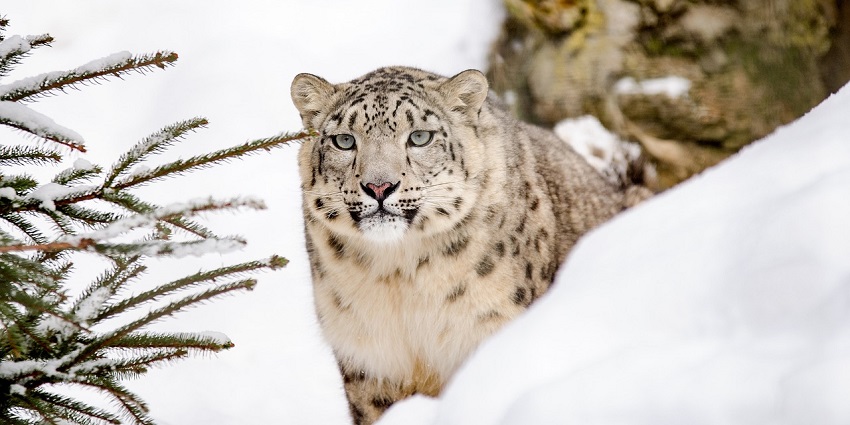
Photo: strichpunkt / Pixabay / Image For Representation Only
Wangchuck Centennial National Park is a protected area in Bhutan, covering 4,914 square kilometres which makes it one of the largest national park in Bhutan. The park is vital to Bhutan’s conservation landscape, linking several other protected areas and providing a critical habitat for species like the snow leopard, Himalayan musk deer, and blue sheep. The park’s landscape is characterised by its rivers, glacial lakes, and dramatic mountain peaks. It is also culturally significant, with several sacred sites and monasteries within its boundaries. Wangchuck Centennial National Park is ideal for those seeking an immersive experience in Bhutan’s natural and cultural heritage.
Location: Central Bhutan
Best Time To Visit: April to June, September to November
Entry Fee: 350 BTN (₹350) for international tourists; free for Bhutanese nationals
7. Bumdeling Wildlife Sanctuary
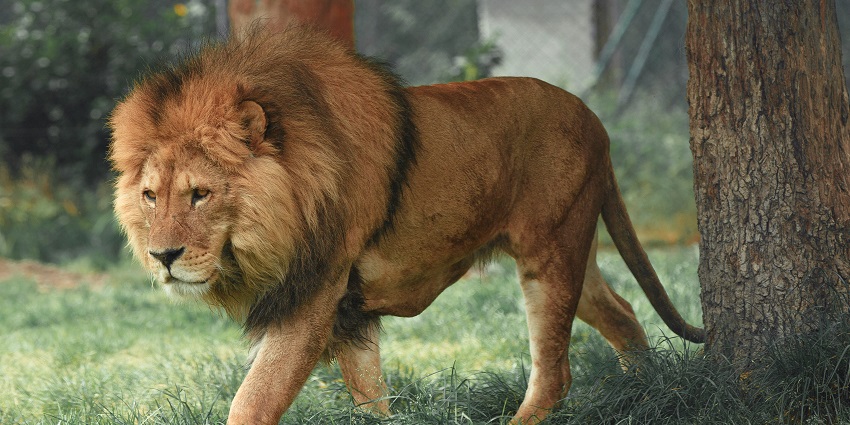
Photo: Francesco / Unsplash / Image For Representation Only
Bumdeling Wildlife Sanctuary, covering 1,545 square kilometres, is a haven for bird enthusiasts and nature lovers. The sanctuary is best known for the black-necked cranes that winter in its wetlands, offering visitors a rare chance to see these majestic birds in their natural habitat. The landscape of Bumdeling is diverse, with alpine meadows, glacial lakes, and dense forests. The sanctuary also features culturally significant sites, including the sacred Singye Dzong, a major pilgrimage site. Bumdeling is an excellent destination for those exploring Bhutan’s rich biodiversity and cultural heritage, providing both serenity and adventure in an unspoiled natural environment.
Location: Northeastern Bhutan, encompassing parts of Trashiyangtse, Lhuentse, and Mongar districts
Best Time To Visit: October to February
Entry Fee: 300 BTN (₹300) for international tourists; free for Bhutanese nationals
Suggested Read: Discover The Top Places To Visit In Bhutan In May
8. Khaling Wildlife Sanctuary
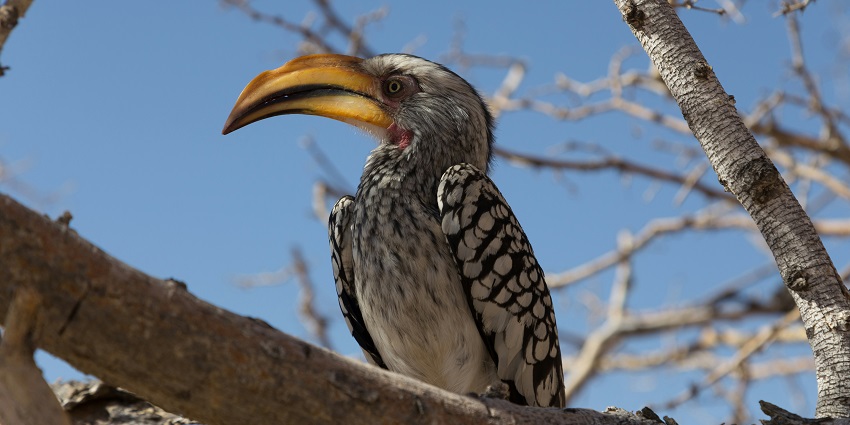
Photo: Bernd 📷 Dittrich / Unspalsh / Image For Representation Only
Khaling Wildlife Sanctuary, covering 273 square kilometres, is one of Bhutan’s lesser-known gems, On Bhutan national park tour you will get to see pristine natural beauty and a rich diversity of flora and fauna. The sanctuary is home to the golden langur, an endangered primate species found only in Bhutan and parts of India. The landscape of Khaling includes dense forests, rolling hills, and crystal-clear rivers, making it an ideal destination for nature lovers and those seeking solitude. The sanctuary also offers opportunities for cultural experiences, with several traditional villages located within its boundaries.
Location: Southeastern Bhutan, in Samdrup Jongkhar district
Best Time To Visit: March to May, September to November
Entry Fee: 250 BTN (₹250) for international tourists; free for Bhutanese nationals
9. Samsingla National Park
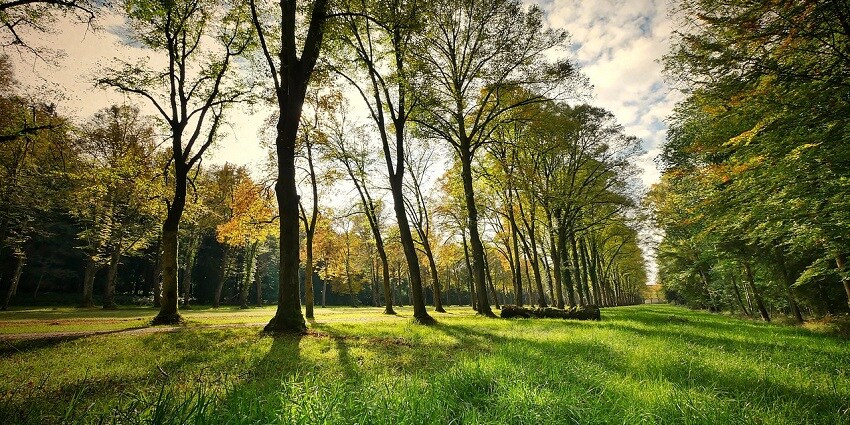
Photo: fietzfotos / Pixabay / Image For Representation Only
Samsingla National Park is the newest addition to Bhutan’s protected area network, covering over 1,123 square kilometres. Located in the southern part of the country, this park is a biodiversity hotspot, supporting a wide range of species, including tigers, elephants, and leopards. The park’s landscape combines dense forests, rolling hills, and pristine rivers, making it a stunning destination for nature lovers. Samsingla is also important for conservation efforts, as it connects other protected areas, creating a continuous habitat corridor crucial for many species survival.
Location: Southern Bhutan, covering parts of the Sarpang and Samtse districts
Best Time To Visit: November to March
Entry Fee: 300 BTN (₹300) for international tourists; free for Bhutanese nationals
Suggested Read: Discover The Top Things To Do In Bhutan
National parks in Bhutan offer a rare opportunity to immerse yourself in some of the world’s most pristine and untouched natural environments. These national parks provide the perfect setting for your next adventure. Are you ready to explore these stunning landscapes and connect with nature in its purest form? Plan your tour with TripXL for a memorable experience in Bhutan’s wilderness, where every trek offers something extraordinary.
Cover Photo: Daniel Grandfield / Unspalsh


 WhatsApp
WhatsApp
 Twitter
Twitter









